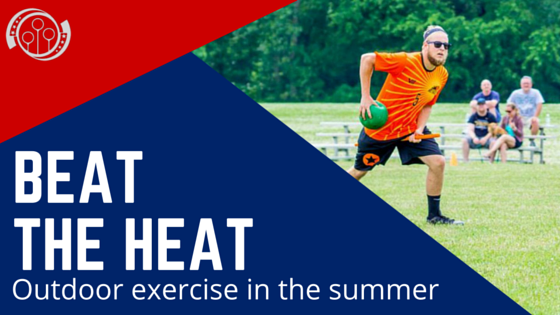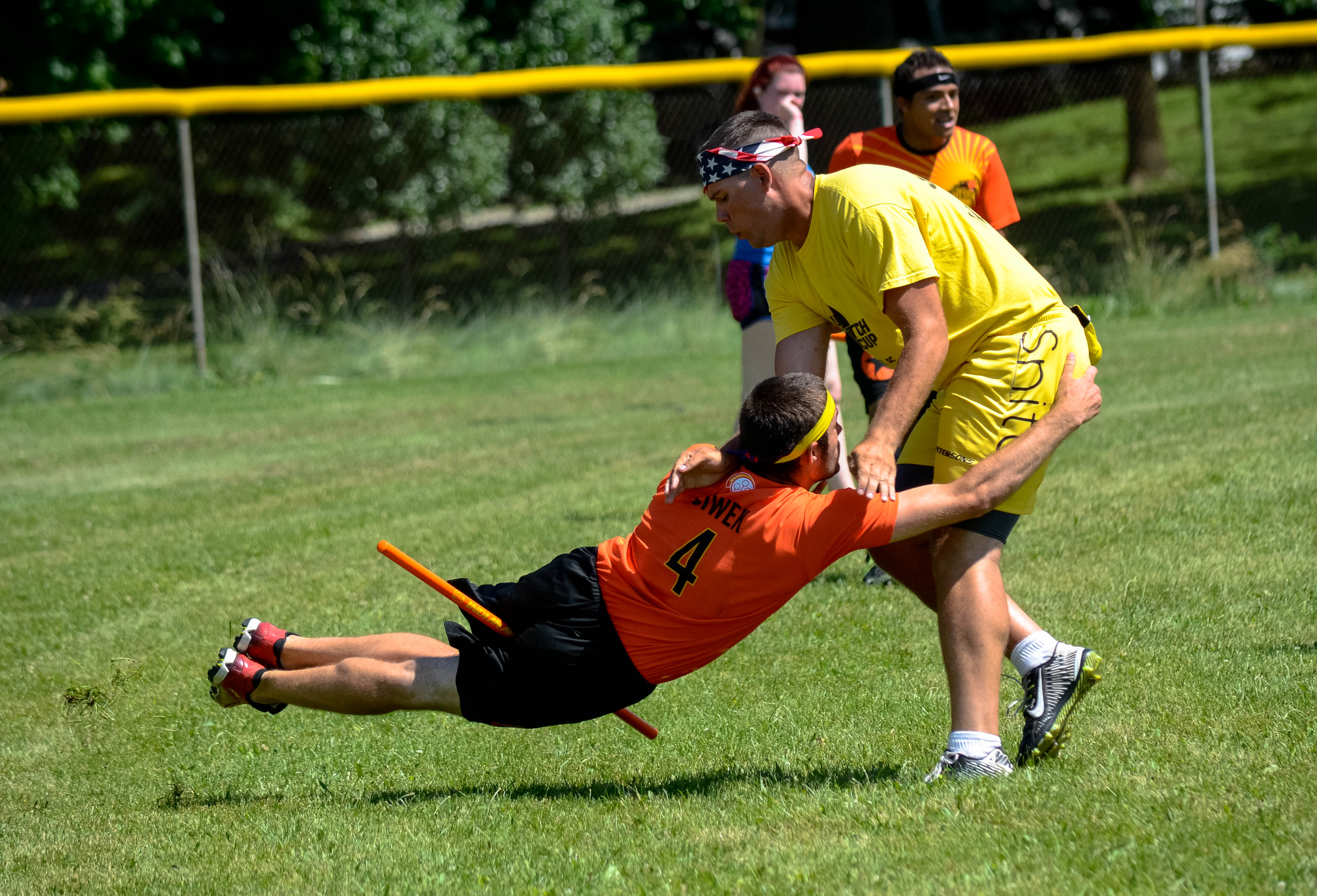
Credit: Jessica Jiamin Lang
By Sarah McGowan
Summer: great for the beach, barbecues and pool parties…not so great for outdoor exercise. Even though you may be tempted to hide in your air-conditioned gym from June to August, it’s actually better to let your body get used to the harsh summer heat now…especially if you’re training for an August tournament in Texas.
When you compete, your body is constantly working to regulate its internal environment: water levels, salt levels, oxygen-carbon dioxide exchange, internal body temperature etc. However, external variables such as elevation, UV index, humidity, temperature and wind chill can affect how well your body maintains these processes. That makes those summer workouts a lot more challenging!
The good news is that your body can adapt to its environment. For instance, your skin gets darker after a few days in the sun to help protect itself against harmful UV rays (it’s not as effective as sunscreen however). Just remember: any adaptation takes about 14 days of exposure before your body gets used to the conditions. That’s why it’s good to get out in the summer sun now.

Credit: Brianna Marian
Perhaps the most important adaptation for an outdoor athlete is heat tolerance. Humans have the ability to conquer heat through sweat glands, using the evaporation of sweat off the body to cool down. In moderate temperatures, your body does not need to work too hard to cool itself down. Heat produced by your muscles during exercise can be cycled back to the trunk to help keep you warm; any excess heat is just released through your main sweat glands found in your armpits, groin and head and neck area.
But when the outdoor temperature climbs to 80 degrees or higher, your body has to use every sweat glands it has to remove as much heat as possible, as quickly as possible. In hotter weather, your body needs to move the heat away from your core and vital organs to the surface and extremities faster than it can be produced. The failure to cool adequately leads to heat-related illnesses and potentially death. But exercising outdoors reminds your body how to move heat produced within your muscles to the skin quickly and efficiently. Your body also starts sweat production quicker so heat can evaporate sooner.
Even though the body’s cool down mechanism is pretty rad, it can still only go so far. Sweat doesn’t evaporate off effectively on hot, humid days. Humidity represents the amount of moisture already in the air, and when there is already a significant amount it’s harder for sweat to evaporate. Think back to saturation levels in chemistry class: compounds move from area of high concentration to low concentration. Sweat will not readily evaporate if the humid atmosphere already has a high concentration of moisture. If sweat cannot evaporate, the body cannot cool as effectively and you increase your risk for heat-related illnesses.
In addition, days with a high UV index will increase your chance of getting sunburn. Sunburnt skin does not sweat effectively. The burn can damage your sweat glands in that area, then they will not work efficiently—yet another reason why sunscreen is so important.
Even though your body’s ability to adapt is amazing, be smart with your workout. Avoid high intensity workouts on days with a high of 95-100 degrees. If it’s inevitable, try to avoid the hottest part of the day. Usually the time with the highest temperature and UV index is somewhere between 10am and 3pm. In addition, start increasing your water intake since your body will need more to cool itself down. Apply sunscreen 30 minutes before your workout and reapply during a prolonged workout or afterwards if you plan on staying outside. And most of all—listen to your body! It will tell you when it needs to rest, and when it needs to get out of the sun.
